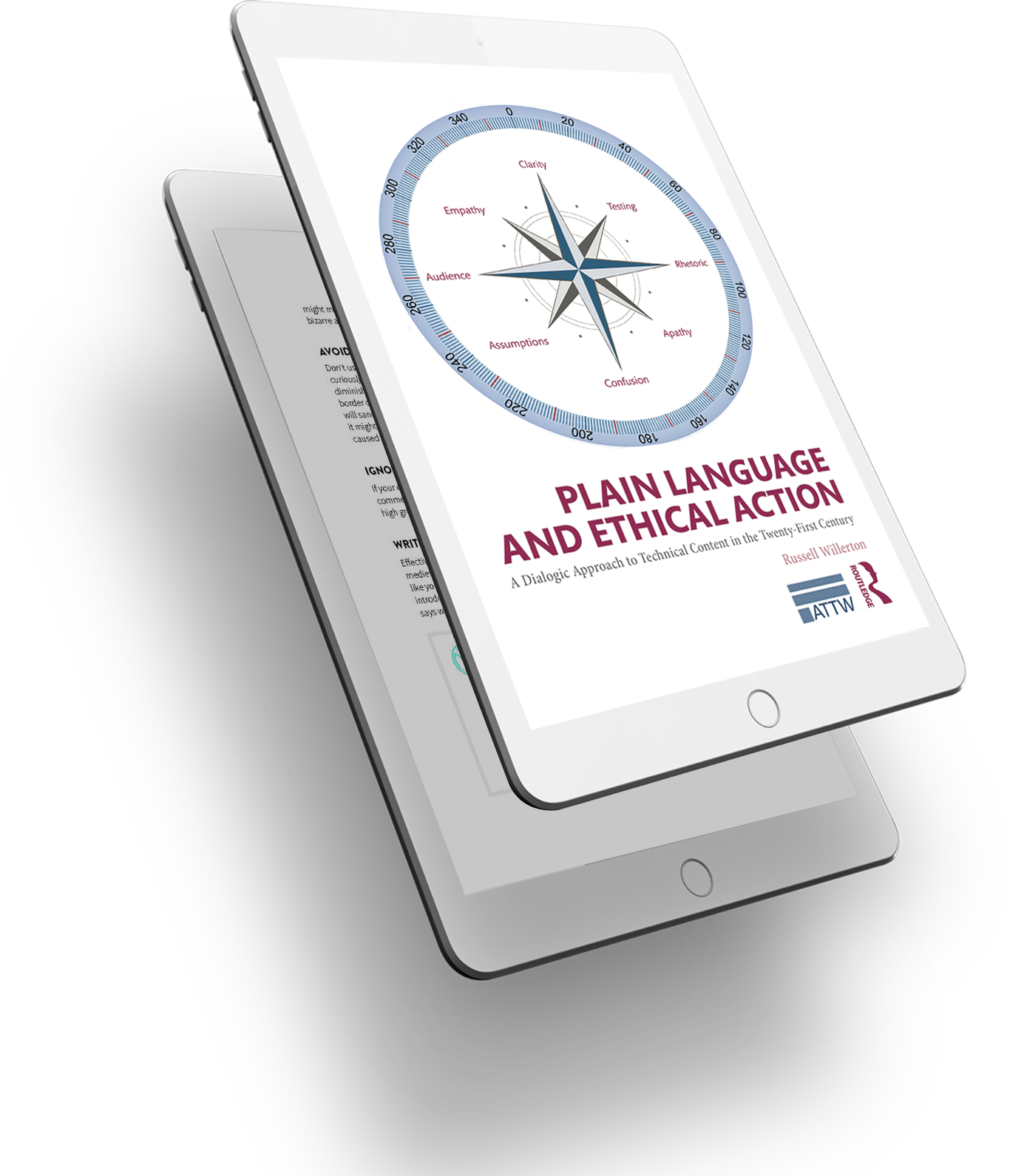
American court systems rely on standardized legal procedures to secure a just and speedy determination of legal actions and to regulate the evidence that may be used reach a verdict. Even for regular players in the system, rules and procedures can be unfamiliar and daunting. Disorganized, confusing, and circuitous language makes the rules hard to read and hard to use—and can lead to inconsistent interpretations among judges. Restyling the rules and procedures in plain language would benefit everyone in the system.
In this chapter from Plain Language and Ethical Action, author and plain language expert Russell Willerton discusses how and why a committee restyled the Federal Rules of Evidence, including:
The effort to restyle the Federal Rules of Evidence was part of a larger project that began in the early 2000s where the Standing Committee on Rules of Practice and Procedure began updating federal rules to make them easier to understand and use. From 2007 to 2011, the committee worked on the Federal Rules of Evidence. This is the profile of that committee’s work.
Download this chapter to read about how people worked together to create plain-language rules in the legal profession. This profile is one of six from Plain Language and Ethical Action. Each profile was selected using Willerton’s distinctive BUROC framework (Bureaucratic, Unfamiliar, Rights-Oriented, and Critical) to identify situations in which audiences will benefit from plain language.
Chapter reprinted with permission from Routledge. Originally published in Plain Language and Ethical Action: A Dialogic Approach to Technical Content in the 21st Century by Russell Willerton. Copyright © 2015. Complete book available on Amazon.